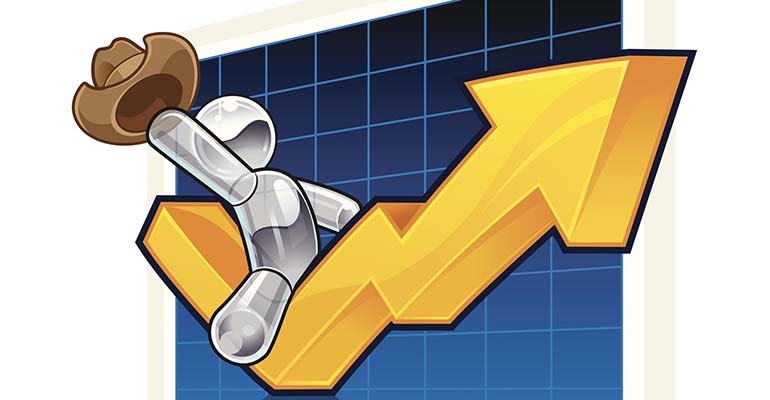June 12, 2020

“Damage control,” is how one cattle feeder explained to me the importance of raising your own feed.
It was his belief that by raising his own feed he could just charge the cost of growing the feed, which in most years is cheaper than buying it. To him this idea helped keep his cost of gain down.
I have known people over the years who ran their farms the same way. The lucky ones no longer call farming their primary occupation, while the unlucky ones had to get out completely.
Here’s the thing: We must break out our businesses into enterprises and accurately charge our expenses to each. The cattle feeder above would have the following enterprises: Trucking, cattle feeding, farming, land and haying.
Here’s how it would look. Let’s say it costs $400 to raise an acre of corn. This includes rent, even if you own the ground. Your farming enterprise is renting the ground from your land enterprise. That acre produces 100 bushels of corn. The cost per bushel would be $4. It is only worth $3 today. So we must charge $4, since that is the higher price.
Lets now assume we have a really good piece of hay ground that makes a lot of bales per acre. After we factor in land rent, fertilizer, mowing and baling expense we produce those bales for a cost of $50 each. The hay market tells us that our bales are worth $80 per bale. We therefore charge ourselves the $80.
We must always charge the higher price, whether it’s the market price or the cost of production price. This way we are sure we are covering all our expenses and not giving anything away, or we are capturing value. Using the bale-pricing example, the hay enterprise made some money selling it to the feeding enterprise. This makes the cost of gain (COG) a tad higher, for sure, but when we do a good job marketing our cattle we’ll capture that.
So the result is we now have a land, farming, haying and feeding enterprise that are all making money.
I have had people argue with me over this idea of breaking out enterprises. They think since it’s all part of the same business, this is unnecessary. Like I said earlier, the lucky ones no longer consider farming their primary occupation. But you know, it had nothing to do with business mechanics. It was the market’s fault.
I had to learn this concept of breaking out enterprises. It wasn’t hard to learn, I thought it made sense, so I quickly and easily changed my paradigm. As a result in my own business, I have gotten rid of multiple enterprises and started others.
When I was young I was taught to “diversify.” The thought was that when cattle were not making money farming usually was, and the opposite would then also hold true. This is why I don’t like the word diversify, it was programmed into my head from a young age that one enterprise was going to fail, and the other would be there to keep you afloat.
Here’s how I look at it. By breaking the business out into multiple enterprises and making sure each is profitable, we are not diversified, now have Multiple Sources of Income (MSI). Which one sounds better? MSI or diversified, which implies one enterprise is failing and another is keeping you afloat.
The reason I spent time lining this out today is because this protects the base of your business, which are feed and money. The cattle feeder I mentioned at the beginning who didn’t calculate his costs the way I do always thought he had a cheap COG. He would bid his perceived advantage away buying replacement feeders, chipping away at the base of the inventory triangle.
Market shifts
This week the cattle markets were down a bit. Some would think that’s the end of everything. Not so fast. When the prices paid for differing weights of cattle change, the relationships change. By mid-week we started seeing $1.50 value of gain (VOG) on lightweight heifers. It’s been a while since we’ve seen the VOG at $1.50, and to hold it there most of the week is a welcome thing. Let’s hope this is the beginning of a trend, but the way VOG has been playing yo-yo I wouldn’t get comfortable with that value.
Another positive this week is that I didn’t see any heavy feeders bring fewer dollars per head than a weight class below it. It’s been a while since we’ve seen that too. I can’t say the VOG was positive on those weight classes though.
Fats also had a price shift as well. This changed their relationship to feeders. If I compare today’s fat price to today’s feeder-steer price, it’s going to be slim pickings trying to replace with a good profit margin. Replacing with feeder heifers remains golden.
This week unweaned cattle were $7 back, feeder bulls were $21-25 back, and replacement quality heifers caught a $5-12 premium. Southern markets were overvalued to plains markets, after adjusting price for freight.
The opinions of the author are not necessarily those of Beef Producer or Farm Progress.
About the Author(s)
You May Also Like






